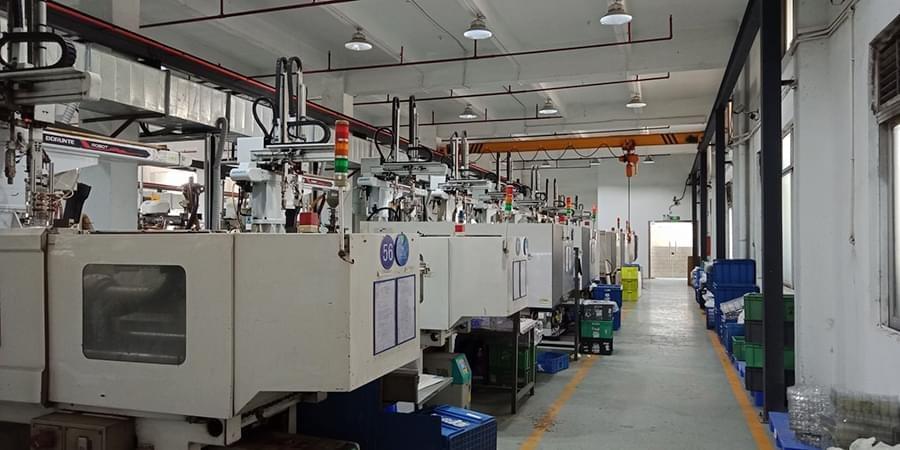In manufacturing, injection moulding stands out as a cornerstone technology renowned for its precision, efficiency, and versatility. This widely adopted process revolutionizes the production of intricate and complex parts across various industries, from automotive and electronics to medical devices and consumer goods.
The Process Unveiled
Injection moulding China involves injecting molten material, typically plastic, into a mould cavity under high pressure. Once cooled and solidified, the mould opens, revealing a precise replica of the mould cavity's geometry. This method allows for rapidly producing large quantities of identical parts with minimal variation, ensuring consistent quality and dimensional accuracy.

Applications Across Industries
The applications of injection moulding are diverse and far-reaching. In automotive manufacturing, it produces everything from dashboards and bumpers to interior components. Electronics benefit from injection moulded casings and connectors that provide durability and protection. Medical devices rely on sterile, precision-moulded parts that meet stringent regulatory standards. Even consumer goods, such as toys and kitchen appliances, leverage injection moulding for cost-effective mass production without compromising on quality.
Advantages and Benefits
The inherent advantages of injection moulding China contribute to its widespread adoption. It offers high production rates, low labour costs, and minimal material wastage compared to traditional manufacturing methods. The ability to use a wide range of materials, including thermoplastics, thermosets, and elastomers, further enhances its versatility. Moreover, moulds can be engineered to incorporate multiple cavities, allowing for the simultaneous production of several parts in each cycle, thereby optimizing efficiency.
Technological Advancements
Continuous advancements in materials and machinery have propelled injection moulding into new realms of possibility. Innovations such as micro-moulding for tiny, intricate parts and gas-assisted injection moulding for reducing warping and improving surface finish illustrate the evolving capabilities of this technology. Furthermore, developments in automation and robotics streamline production processes, enhancing precision and consistency while reducing operational costs.
Future Prospects
Looking ahead, injection moulding continues to evolve in response to industry demands for sustainability, customization, and efficiency. Trends like bioplastics and recycled materials are gaining traction, aligning with global efforts towards environmental stewardship. Furthermore, digital technologies such as AI-driven design optimization and real-time monitoring are enhancing production efficiency and quality control.
In conclusion, injection moulding manufacturer stands as a pillar of modern manufacturing, combining precision engineering with economic viability across diverse industries. Its ability to produce high-quality, complex parts at scale underscores its indispensable role in shaping the products we use daily. As technological advancements propel this process forward, the future of injection moulding promises even greater innovation and sustainability in manufacturing.

